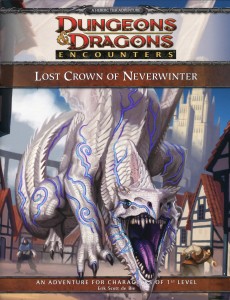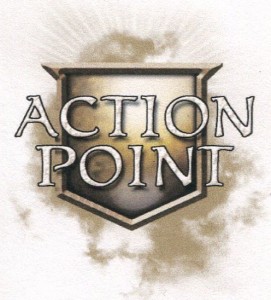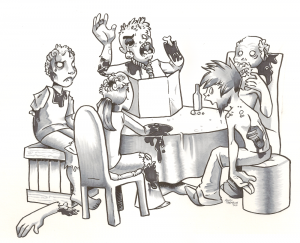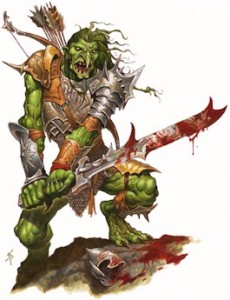One significant improvement that 4e D&D has over previous editions is the “say yes” mantra. DMs are actively instructed to let things happen. No matter what comes up at the gaming table the DM is now encouraged to say yes and find a way to make it work. That’s not to say that the DM should let the players get away with anything and everything, but if a player comes up with a creative idea the DM is encouraged to find a way to make it work and say yes.
In my experience the majority of DMs took this idea to heart. At the beginning, when 4e was still relatively new, players were trying all kinds of interesting things because they knew that the DM would likely say yes. However, over the past year or so I’ve realized that most players are content to player squarely within the rules. They are unwilling to take chances and propose ideas that are outside of the normal rule-set. This is especially evident in public-play situations like D&D Encounters. I think it’s time that the DMs make a point of reminding the players it’s ok to use your imagination. Being creative is a big part of what makes D&D fun.




